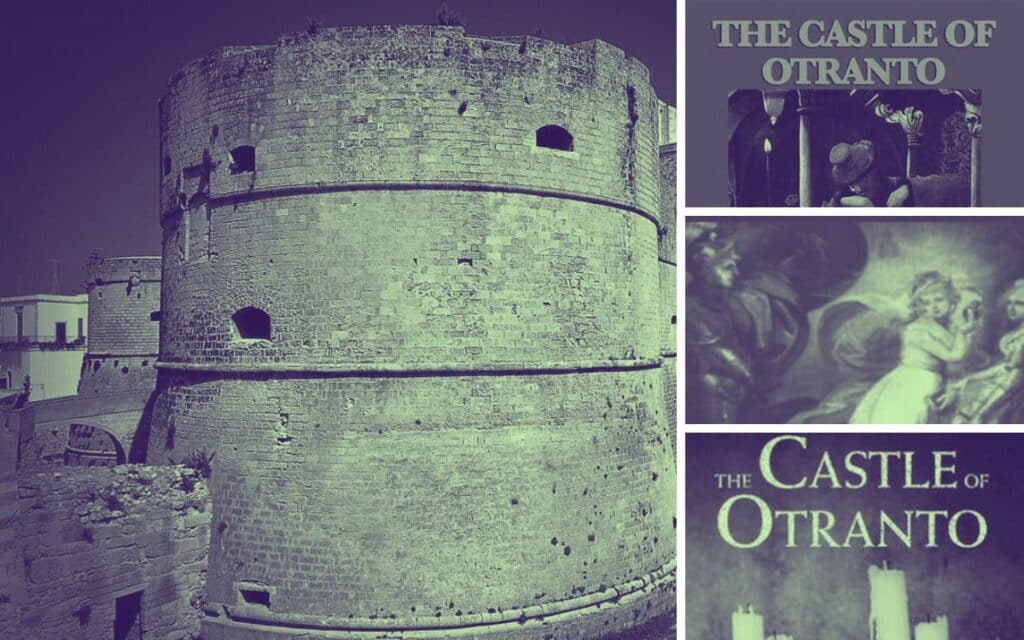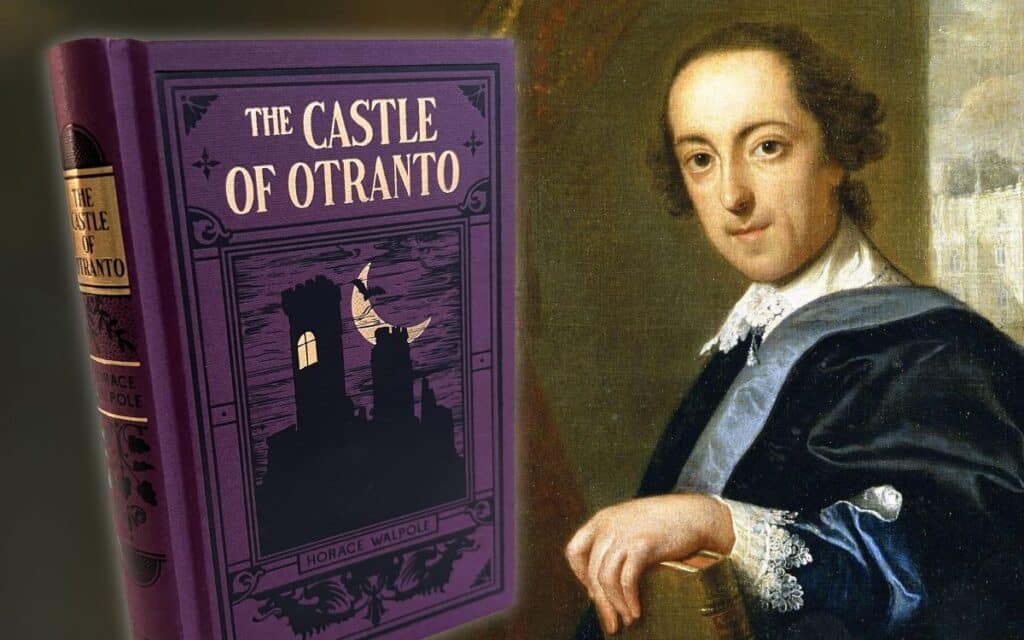WILLIAM BOVE gives us 20 fascinating facts about The Castle of Otranto, the novel that defined the Gothic genre

20 things you didn’t know about The Castle of Otranto
- The author, Horace Walpole, a great admirer of medieval history, built a Gothic Revival castle in 1749 in Twickenham, London. The castle, called Strawberry Hill House or Strawberry Hill, is an example of Strawberry Hill Gothic architecture.
- The term “Gothic story” was first coined by Horace Walpole, who used it as a subheading to describe his classic novel.
- The Castle of Otranto originated from a nightmare in which Horace Walpole saw a “gigantic” hand clad in armour. Similarly, Mary Shelley wrote Frankenstein after a haunting dream. Both Walpole and Shelley were so profoundly moved by their visions that they created stories capable of chilling readers for generations.
- The literary inspiration for the story was said to come from a 16th-century Italian manuscript found in the library of an ancient Catholic family.
- The story features secret passageways, bleeding statues, and portraits that move and speak. These details embody the feel of the Gothic novel, bringing life to its haunted soul and unexpected horror.
- The Castle of Otranto is famous for its depiction and creation of the “haunted house,” a staple in Gothic fiction and literature.
- The element of the “haunted house” often symbolises social challenges and either moral or social decay in some Gothic novels.
- There is a strong influence of Shakespeare in the story. Horace Walpole, a great admirer of his countryman, was specifically influenced by Hamlet. You can draw parallels between the events in The Castle of Otranto and those in Hamlet. Walpole wished to honour and celebrate Shakespeare in his story.
- Another element in The Castle of Otranto that reflects Shakespeare’s influence is the use of servants as a form of comic relief to balance out the tragedy. This technique gives the reader a sense of lightness and hope while keeping the story moving in new directions.
- After The Castle of Otranto was initially well-received, Walpole revealed that his story was meant to be a satire and not the original novel it was thought to be. Those who had praised him instantly turned against him, accusing the book of superficiality.
- Horace Walpole wanted to merge the natural (literature that mimics real life) with the romantic to create a new kind of novel. This ran the risk of creating a work of romantic fluff, a genre that was dismissed at the time.
- He was a Member of Parliament for the Whig Party.
- The Castle of Otranto influenced another literary giant, Edgar Allan Poe. His story The Fall of The House of Usher took elements from the traditional Gothic style that Walpole is said to have created. In Poe’s tale, the castle and lands slip further into corruption and supernatural influence, mirroring the themes in The Castle of Otranto.
- M.G. Lewis’s The Monk and Jane Austen’s Northanger Abbey playfully explore Gothic themes of tragedy and comedy first brought to life in Walpole’s The Castle of Otranto.
- Much like Stephen King, Horace Walpole places ordinary people in extraordinary situations.
- After extensive restoration, the Gothic Castle Strawberry Hill was reopened to the public in 2010.
- The giant helmet that falls on the head of Conrad, Manfred’s son in The Castle of Otranto, was intended to be a humorous event while also steeped in tragedy. This blend is typical in Gothic tales.
- The novel is playfully seen as “sublimely silly”.
- Nightmares are a prominent feature in Gothic novels. They serve as a tool of symbolism, suggesting that something larger than ourselves is always ready to haunt and terrify us, reminding us of our mortality and that this world does not belong to us.
- Gigantic proportions play a mythical and real role in Gothic literature. Much like nightmares, they remind us that the supernatural is just behind us, always tracking us. Their influence can be terrifying, or even humorous, as in the case of the giant falling helmet in The Castle of Otranto.
Read more about The Castle of Otranto and Horace Walpole on Spooky Isles

What did you think of this article about The Castle of Otranto? Have you ever experienced a Gothic story that left a lasting impression? Tell us about it in the comments section.

